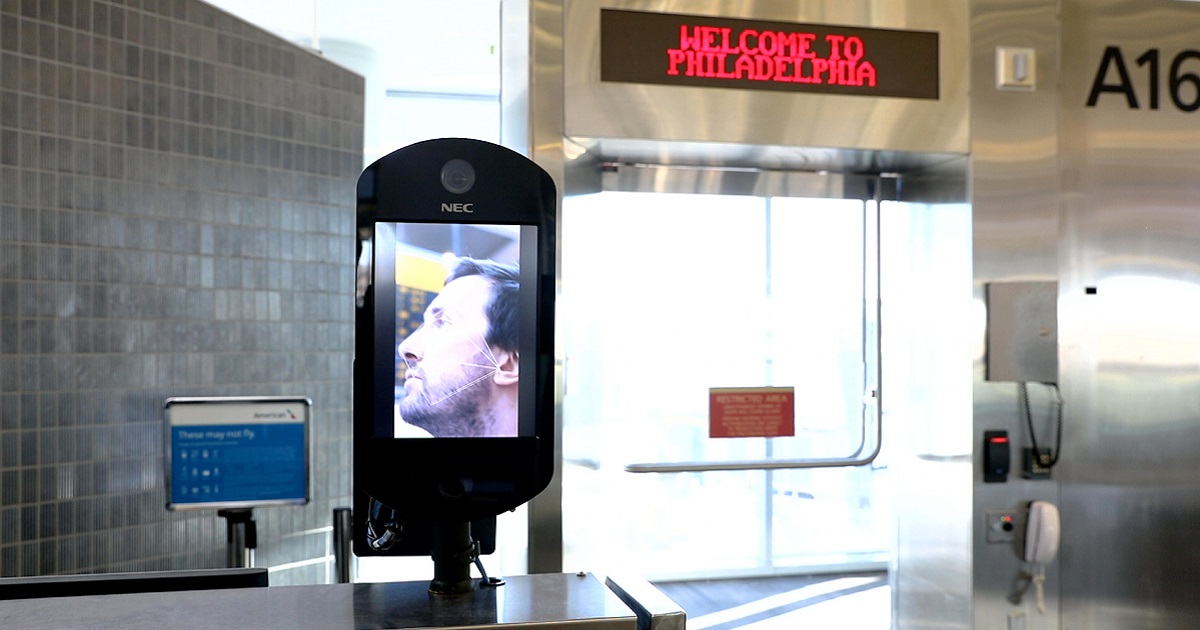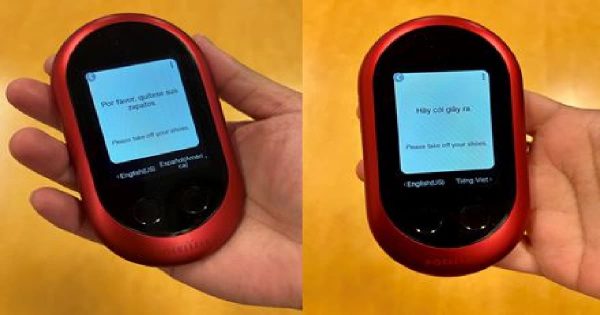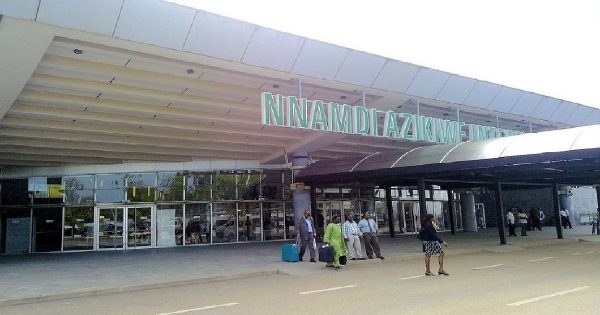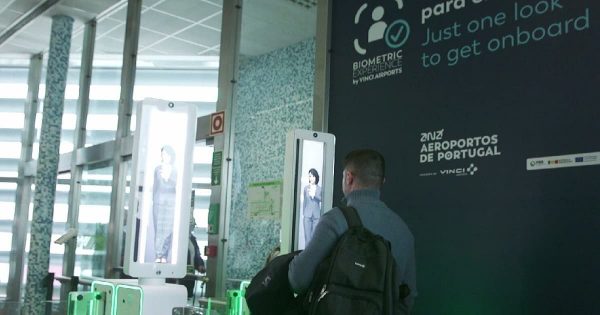Philadelphia International Airport (PHL) is installing facial recognition technology at 25 boarding gates in Terminals A-East and A-West.
The biometric checks will be used by the U.S. Customs and Border Protection (CBP) to process departing passengers on international flights.
The facial recognition system verifies passengers’ identities by comparing a live photo to images that the passenger has already provided to the government, such as passport and visa pictures.
A high definition camera at the boarding gate captures the passenger facial biometrics. Passengers do not have to show a passport or boarding pass.
The system captures the passenger’s picture as they enter the biometric touchpoint and then sends the image to CBP for matching against existing images held within the CBP’s database. Once verified, the passenger is able to board their aircraft.
The system is technically voluntary and passengers who do not wish to participate in the facial biometric boarding process go through a manual process.
CBP discards all photos of U.S. citizens within 12 hours of identity verification and keeps the photos of foreign passengers for a very time in a DHS database.
PHL is launching the facial recognition system in three phases:
- 10 gates are now operational
- 10 more gates will be installed mid-January through February
- the final 5 gates in late March through mid-April
Here is a video from PHL showing the biometrics exit boarding process.
Keith Brune, PHL Chief Operating Officer:
“The safety and security of our passengers and airport employees are our top priority and require a collaborative effort by the City of Philadelphia Department of Aviation, the U.S. Department of Homeland Security, and our airline partners,.
“We are excited to move forward with the installation of biometric technology at PHL. This system will make the screening process more efficient for everyone and is especially important as international travel continues to grow post-pandemic.”
Congressional mandate
CBP has a Congressional mandate to biometrically record all foreign nationals who enter and exit the United States (excluding select passengers such as Canadian citizens who don’t require a visa to enter the U.S., and diplomatic visa holders).
CBP has built a facial biometric matching service that airlines, airports, and the Transportation Security Administration (TSA) can access wherever passenger identity verification is required throughout the air travel journey, including check-in, bag drop, security checkpoints, and boarding.
CBP has already implemented a Simplified Arrival process on entry at PHL that uses facial biometrics to verify the identity of arriving passengers.
Joseph Martella, CBP’s Area Port Director for the Area Port of Philadelphia:
“Customs and Border Protection and PHL Airport have partnered to expand the use of facial biometrics to provide international travelers with a secure, touchless departures process for identity verification and that protects the privacy of all travelers.
“Currently, CBP has processed more than 249 million travelers through facial biometrics and prevented more than 1,650 impostors from illegally entering the country. CBP will continue to explore emerging technologies to help improve travel efficiencies, the traveler experience, and enhance our nation’s security.”
Supplier
The system is a collaboration between Swiss-based SITA and Japanese company NEC.
The whole system comes under the umbrella of the SITA Smart Path platform., where a passenger’s face is their ID and boarding pass.
The system includes the NEC I:Delight digital identity management platform, which is fully integrated with SITA Smart Path. NEC are the biometrics experts.
Matthys Serfontein, SITA President of the Americas:
“We are pleased to bring our biometric solution to PHL and help the airport meet the CBP’s mandate for biometric U.S. exit checks. With Smart Path, the process is fast, efficient, and eliminates the need to fumble for your passport or boarding card.”
Allen Mehta, PHL’s Chief Information Officer:
“PHL spent a significant amount of time to find the best solution for the airport. Our goal was to find a viable solution that not only met the basic requirements from the Department of Homeland Security but also to have partners with experience in airports and biometrics solutions around the world.
“SITA and NEC were selected because of their vast experience, satisfaction, and reliability in the industry. Since SITA has already provided other systems in PHL’s International Terminal for many years, this integration will make the environment seamless.”
N.B. Image credit: Philadelphia International Airport







